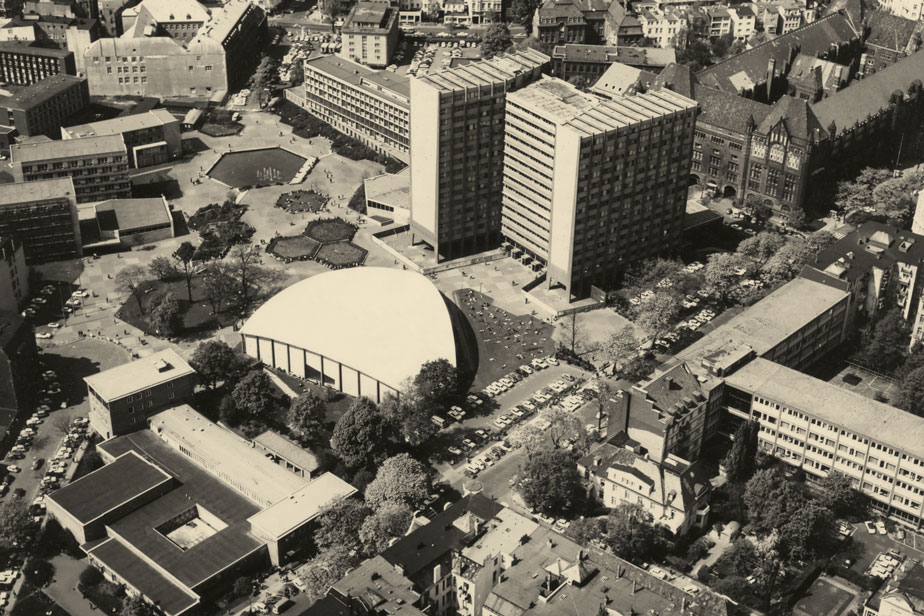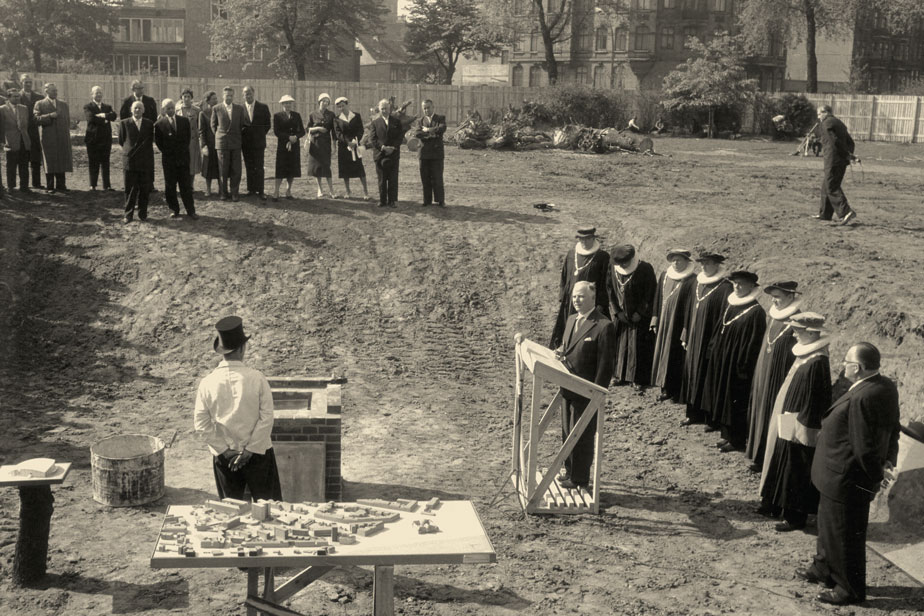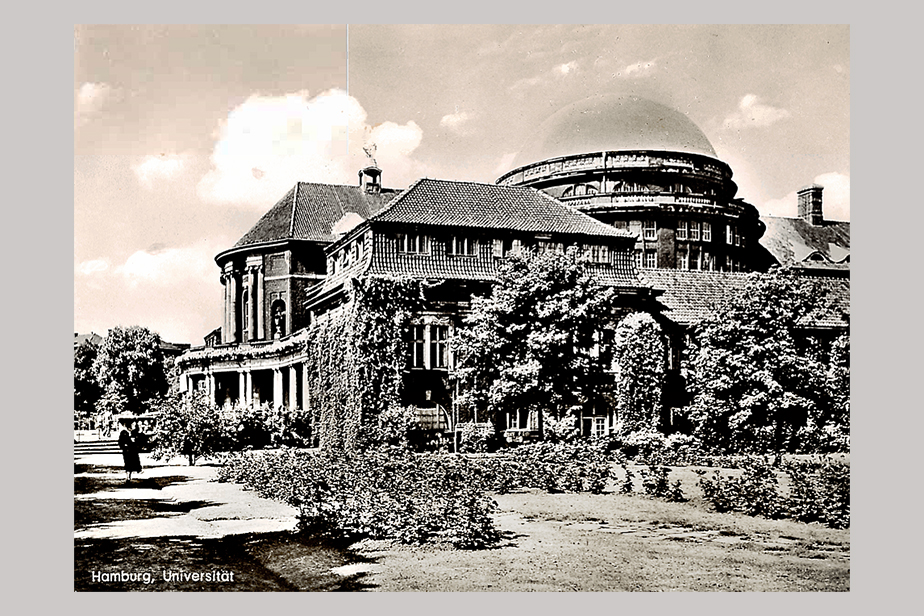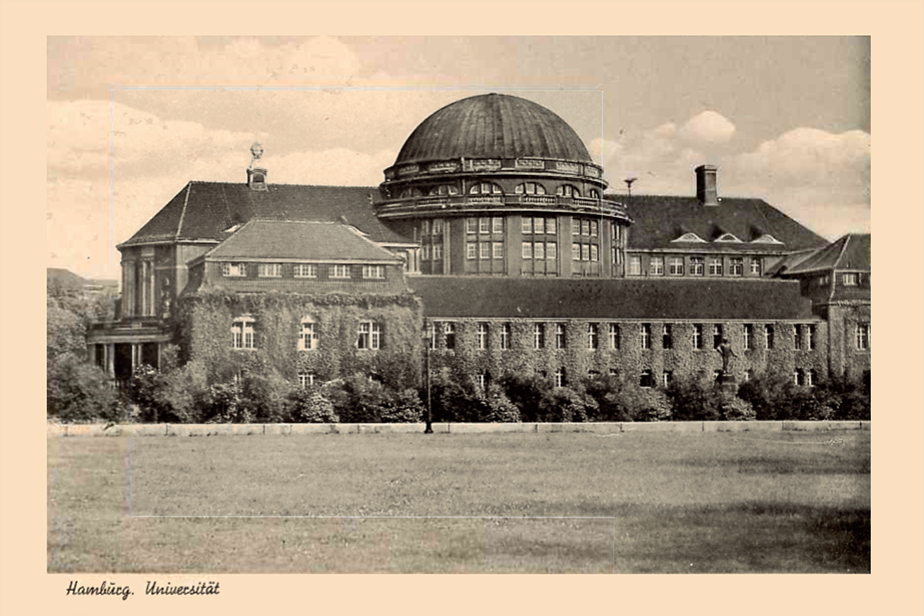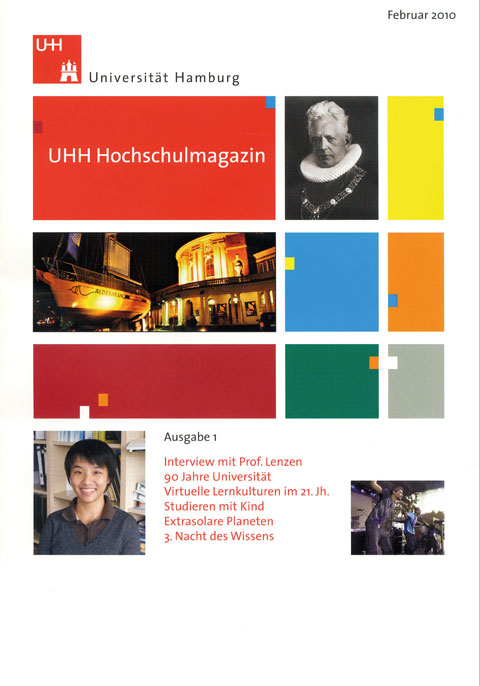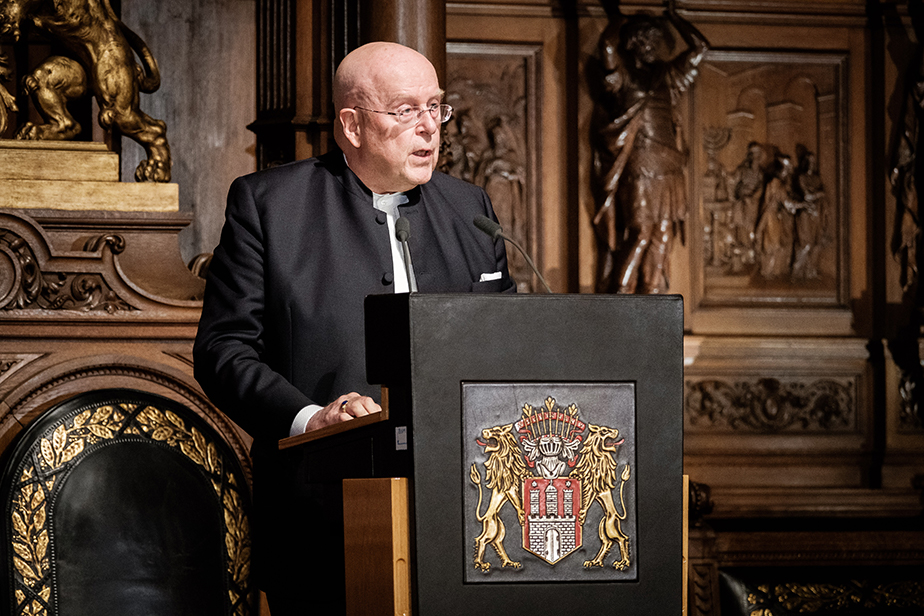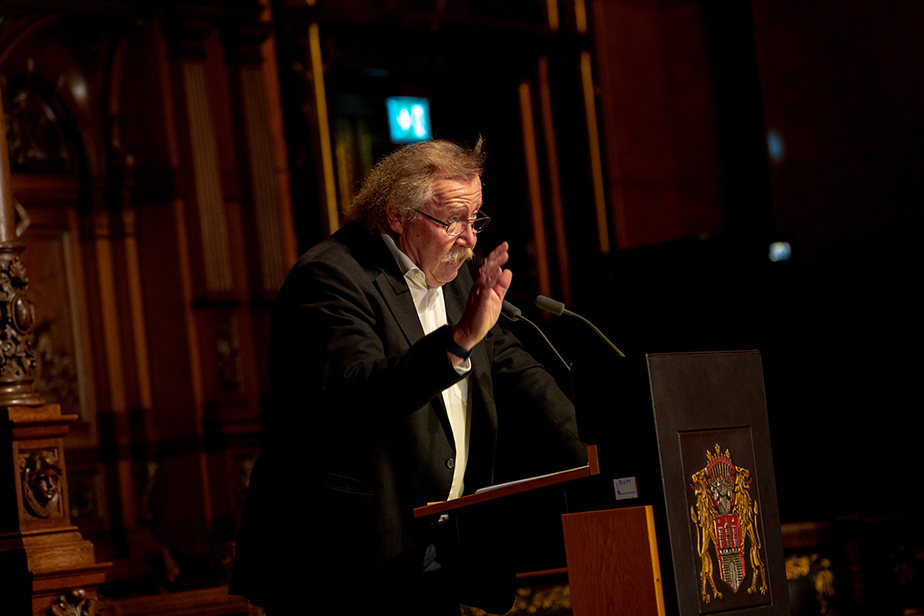Timeline
t
Opening of the Lecture Building
The lecture building endowed by Edmund Siemers was opened on the Moorweide to house the General Lecture Series and the Colonial Institute. These educational institutions and the new building, along with the ten academic institutes, are the building blocks of the future university, the plans for which had hitherto been rejected by the Hamburg Parliament.
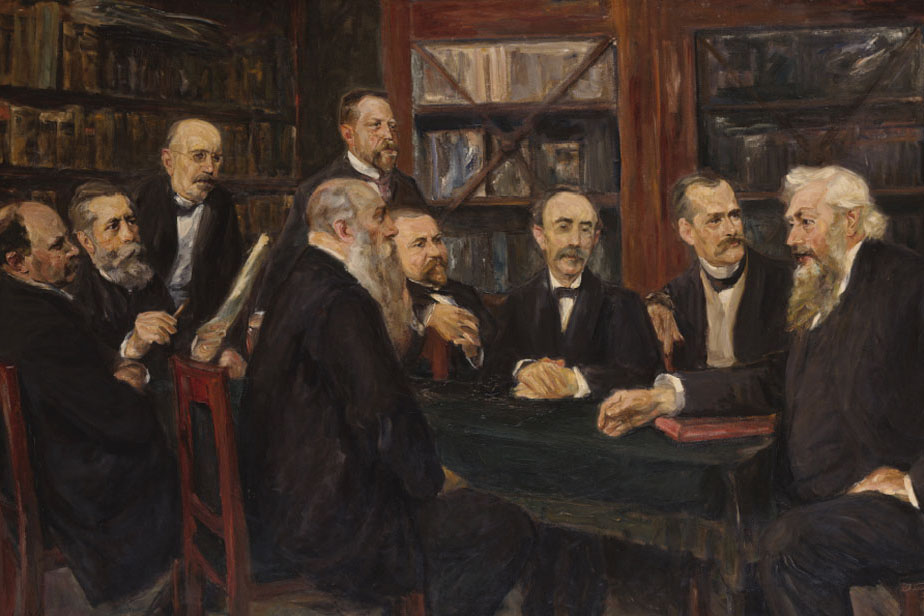

6 January: Special Courses for Returning Veterans
Even before the University was founded, an extensive program of university courses in Hamburg was offered for returning veterans in the lecture building. These special courses were initiated by William Stern and some of his colleagues.
28 March: Parliamentary Resolution to Found the University
The new, democratically elected parliament, with the Social Democrats in the majority, resolved to found the University on 28 March. Only ten days earlier, the old parliament had again rejected a similar proposal.
Interview with Dr. Myriam Isabell Richter, biographer of Werner von Melle, about the founding of the University
Lectures Before and After the Founding of the University
Course catalogs from directly before and after the founding of the University show that professorships and subjects from the General Lecture Series and the Colonial Institute were absorbed into the new university.
From Lecture Building to University Main Building
In 1919, the lecture building built in 1911 for the General Lecture Series and the Colonial Institute became the Main Building of the University.
1 April: Provisional University Legislation
With the passage of the provisional university legislation, the Hamburg University became the first university in Germany created on the basis of a parliamentary resolution. The University act permitted public school (Volksschule) teachers to study, even without a secondary school leaving certificate, and required professors from the University to teach at the newly established Volkshochschulen (adult education centers).
10 May: Grand Opening
A grand opening ceremony was held in the Musik- halle on 10 May, and the new university was christe-ned Hamburgische Universität. One month earlier, the Hamburger Fremdenblatt had published a special supplement on the new university and its founders.
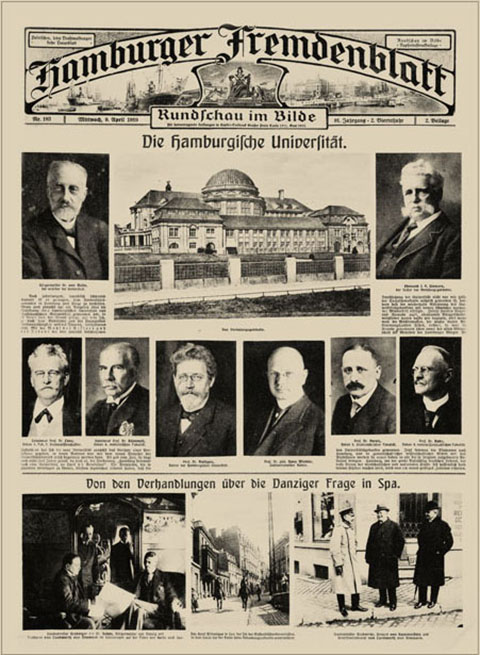
Four faculties
Forty-nine professors taught at the new university in four endowed faculties:
- Faculty of Law and Public Administration
- Faculty of Medicine
- Faculty of Philosophy
- Faculty of Mathematics and Natural Sciences
First University Newspaper
The first newspaper for the young university in Hamburg was published at the start of the Summer Semester 1919. It remained in publication until February 1935.
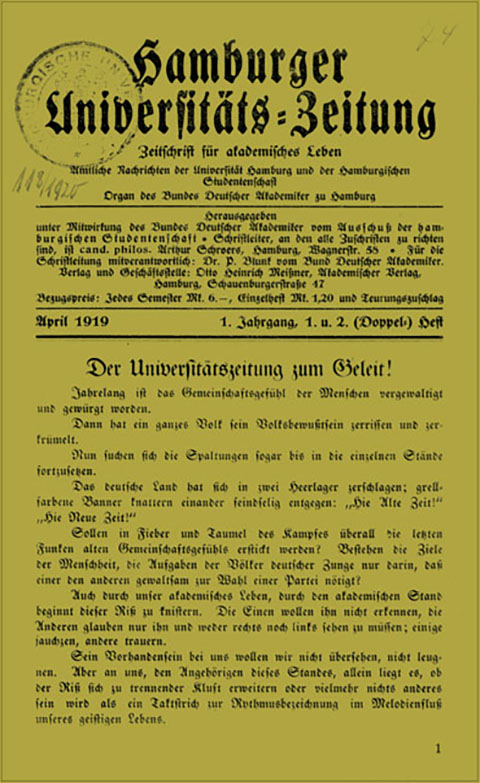
A Birthday Medaillon
On the University’s first anniversary, a medallion was issued honoring Mayor Werner von Melle, who had advocated for the founding of a university for many years.
4 February: University Legislation
The first regular university legislation comes into effect. Despite their plans, the Social Democrats were unable to implement further reforms. However, the legislation did put in place a higher education authority (Hochschulbehörde), a collegial board of supervisors, elected by the parliament—under protest from the professors.
The First University Seal
The University seal, designed by K. Schmidt, first appeared on the Winter Semester 1921/22 course catalog. At the center of the seal is Hamburg’s coat of arms.
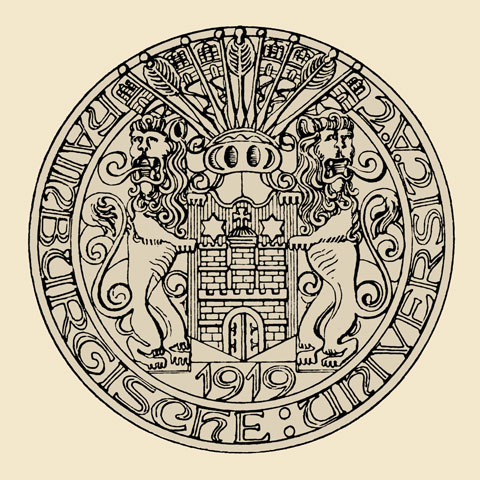
12 April: Founding of the Studentenhilfe
The Verein Hamburger Studentenhilfe e.V. (Hamburg Association for Student Aid) was founded in a time of great economic need to assist students. It helped students find lodging and work, and supported students in financial need with free meals and welfare services.
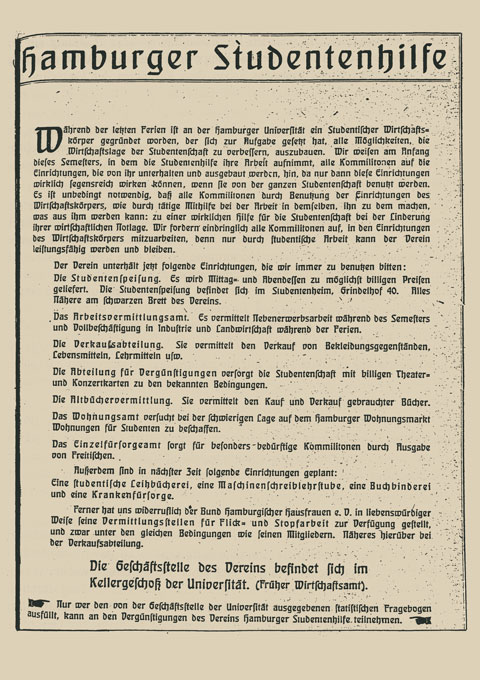
Winter Semester: Teacher Training
Universität Hamburg offered a teacher training program for public school teachers, and, beginning in Winter Semester 1929/30, for vocational school teachers. They had previously been trained at teaching colleges. The university teacher training was sponsored by the Gesellschaft der Freunde des vaterländischen Schul- und Erziehungswesens (Society of Friends of the Patriotic School and Education System), an advocacy group for teachers.
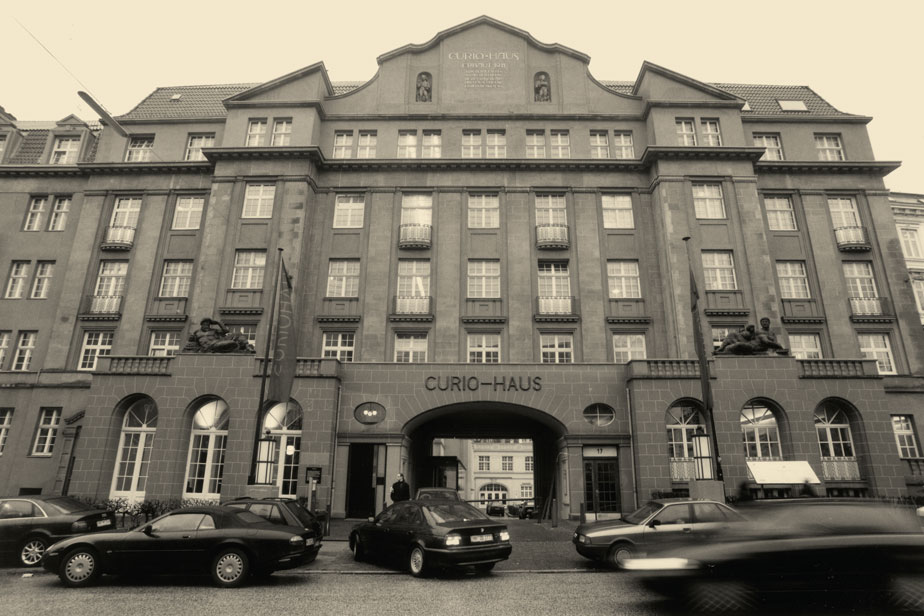
20 April: Port of Call for Students
The Studentenhilfe opens the first Studentenhaus at Neue Rabenstraße 13. The building has rooms for student organizations, an academic reading room, a club room, and a dining hall. Over the course of time, it became a popular meeting place for students.
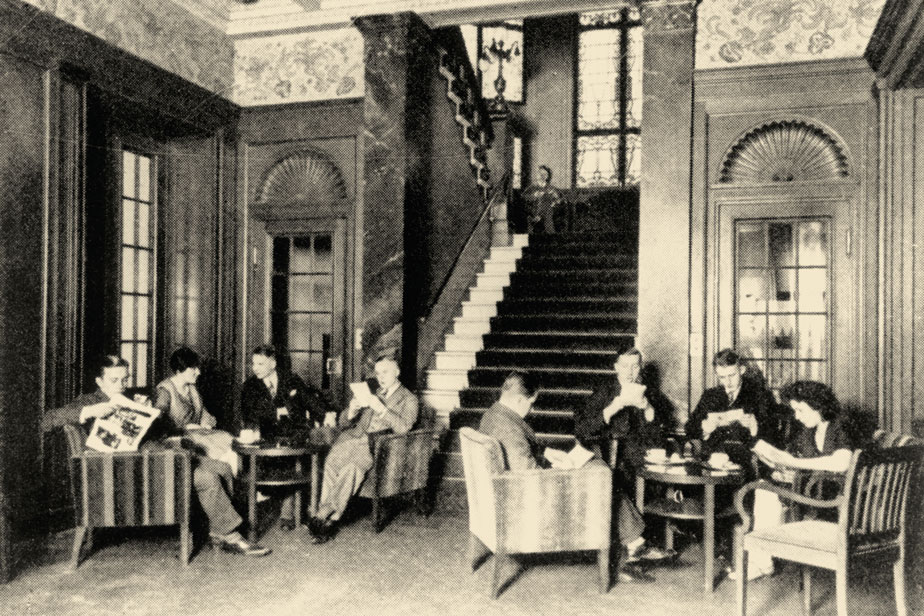
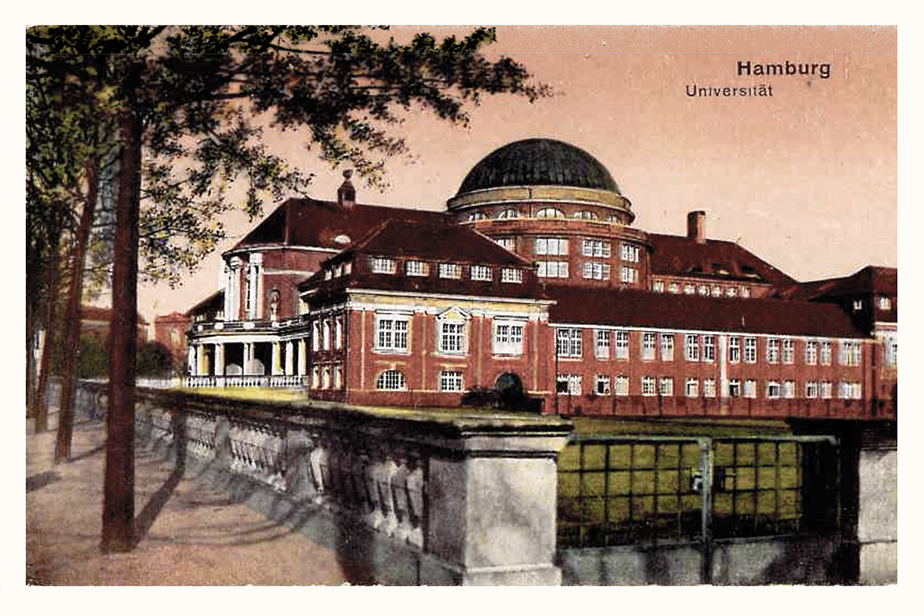
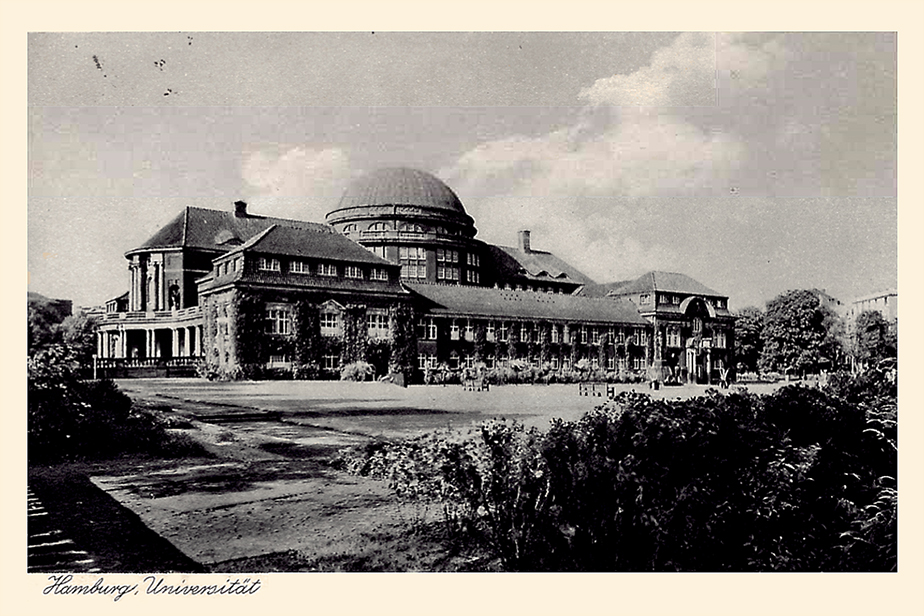
1 May: Commitment to National Socialism
At a ceremony on the Day of National Labor, the University officially pledged its support of the “National Revolution” and Adolf Hitler. Although only a few professors were members of the Nazi party, they all quickly adjusted to the new regime’s demands. They promoted the national idea, the elimination of the multi-party government, the authoritarian style of government, and did not oppose the exclusion and dismissal of colleagues.
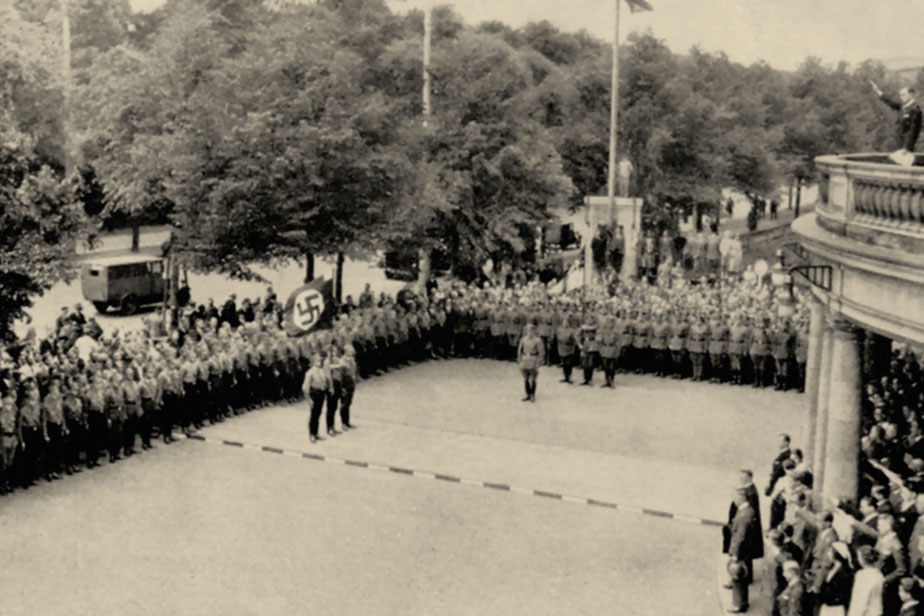
Interview
Interview with Eckart Krause, editor of Hochschulalltag im “Dritten Reich” (University Life in the “Third Reich”) – National Socialism at the University.
Teaching and Research in the Nazi Era
The new political regime’s pretensions were reflected in new kinds of university activities, such as military sports or lectures on military science. The University established professorships for racial biology and military history.
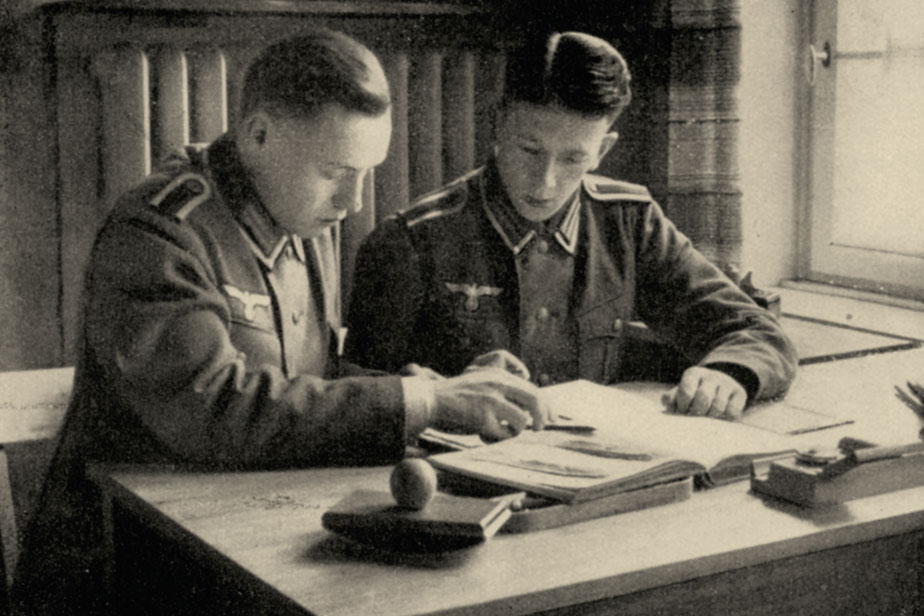
Dismissal of Scholars
With the passage of the Law for the Restoration of the Professional Civil Service, approximately ninety researchers were dismissed, most of them because of their Jewish heritage. Many departments, such as Art History and Psychology, lost the greater portion of their academic staff. Jewish students were pushed out of student life step by step.
21 January: Law for the Reform of the University
With new university legislation, Universität Hamburg committed itself to the “Führerprinzip” and declared itself the first National Socialist university in Germany.
1 April: University Medical Center Hamburg-Eppendorf
Although the general hospital in Eppendorf had long been a research hospital and many of its physicians were university professors, it only became affiliated with the University in 1934. From then on, most medical courses were taught at the new University Hospital.

Hansische Universität
The Hamburgische Universität is renamed the Hansische Universität (Hanseatic University). The new name was politically motivated and pointed to the University’s roots in Northern Germany and its claim to the seas.
Summer Semester: Hansische Hochschulzeitung
With the new political orientation of the university newspaper came a new name. The Hansische Hochschulzeitung (Hanseatic University Newspaper) increasingly printed Nazi-influenced articles. Printing ceased in 1941.

9 May: New Colonial Institute
Since the Nazi regime was once again interested in colonies, the University revived the Colonial Institute, which had been subsumed into the University in 1919. The “new” institute was not really new; it simply bundled resources already present at the University and published a separate course catalog.
Mandatory Service for Students
During the war, all students not serving in the military had to perform some kind of service. They worked in weapons factories, on farms, as streetcar conductors, or in air defense patrols. Female students did their service, “Frauendienst”, during their first semester.

Ruined Buidlings
By the end of the Second World War, many of the University buildings had been destroyed in air raids. Teaching and research slowly came to a halt. The number of students enrolled dropped quickly after the war began.

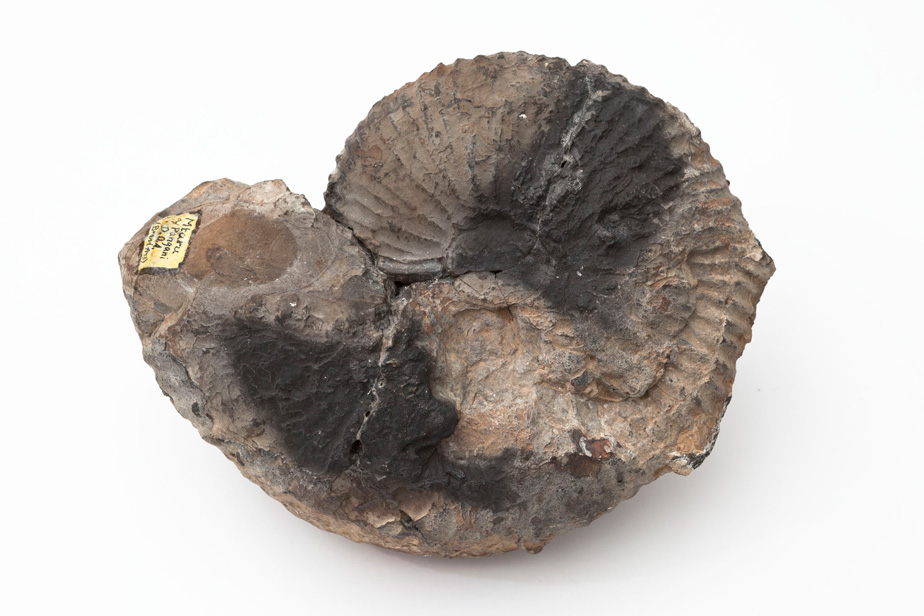

6 November: Re-opening of Universität Hamburg
When the British occupied Hamburg on 3 May 1945, the Hanseatic University was closed. But by November, the occupation authorities approved its re-opening as Universität Hamburg. A ceremony at the Hamburg Musikhalle marked the new beginning.
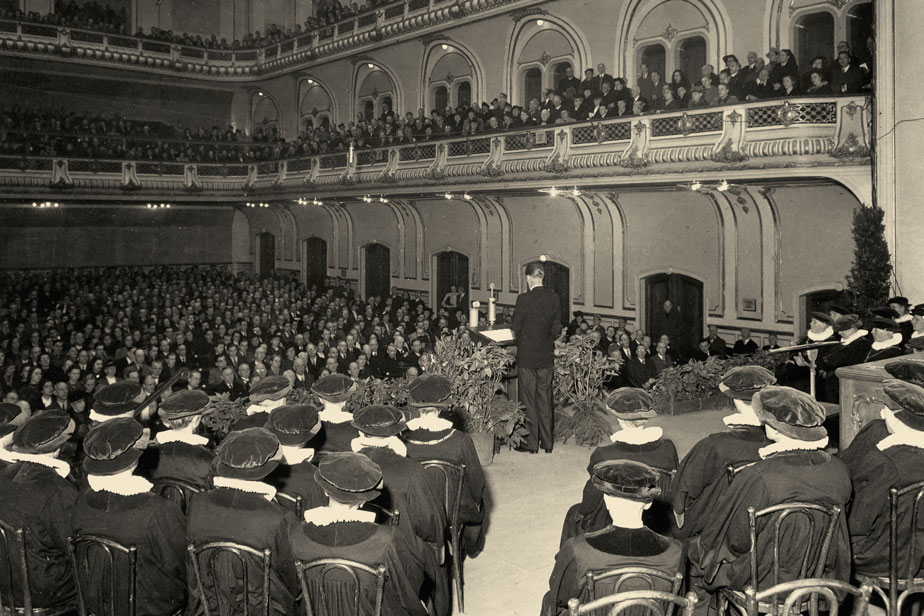
Student Rebuilding Efforts
Starting in Winter Semester 1946/47, anyone applying for admission had to help with the reconstruction of University buildings. In Winter Semester 1948/49, history students received a certificate from their professor Fritz Fischer for decking roofs.
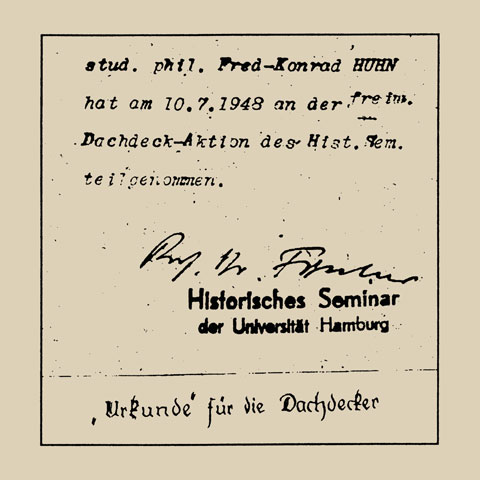
Studium Generale
As a countermeasure to the ideological indoctrination of the Nazi era, the University introduced the Studium Generale. Its intention was to introduce students to various subjects, in order to provide a well-rounded education.
Academic Advising
The central student advising office began its work in Winter Semester 1952/53. It also offered psychological services.
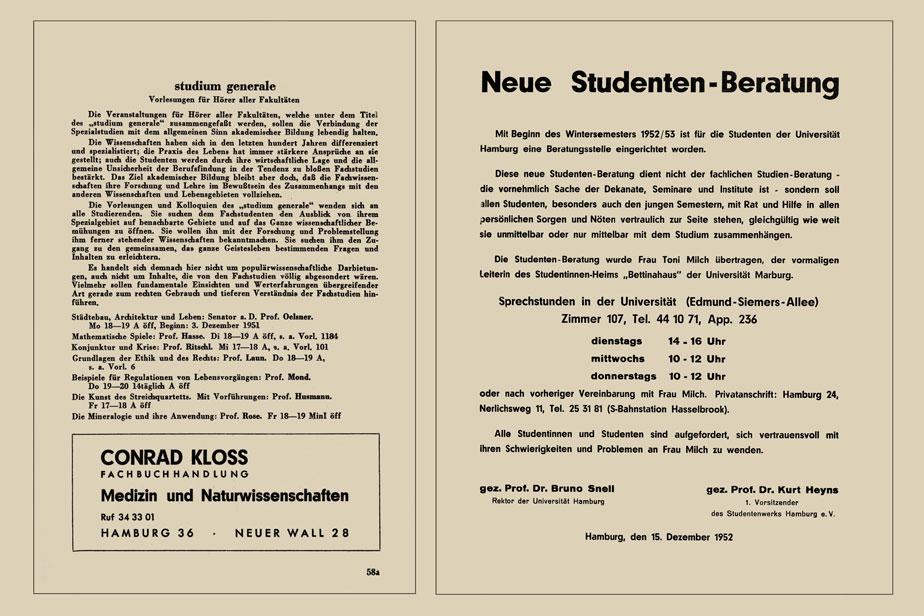
8 June: The University Welcomes Thomas Mann
Before his scheduled reading in a packed Lecture Hall A, Thomas Mann addressed the students. In his oft-quoted speech, he urged them to “embrace not a German Europe, but a European Germany”.
New Universtity Seal
The new University seal, designed by Paul A. Weber, was printed on the course catalogs. The graphic designer had submitted the new design to the University administration on his own initiative—and it was a success.
A New University Campus
Numerous new university buildings were built in parts of the former Jewish quarter Grindelviertel and on the Moorweide. The first buildings on the new, central campus—now called Von-Melle-Park in honor of the University’s founder—were a cafeteria and a dormitory. Later came the Audimax, the library, and the Philosophenturm.
Full University
With the addition of the Faculty of Theology, Universität Hamburg had all of the faculties of a traditional university. In the same year, the Faculty of Law and Public Administration was split into the Faculty of Law and the Faculty of Economics and Social Sciences. The University now had six faculties.
Michel Foucault in Hamburg
Michel Foucault was the director of the Institut Français when the Faculty of Philosophy invited him to be a guest lecturer. He gave a lecture, in French, on the political philosophy of the 18th century as well as seminars on Jean-Paul Sartre and Albert Camus.
Lectures
The General Lecture Series, which had resumed after the war, was discontinued between 1959 and 1981.
1 May: Fundamental Reforms
Between 1967 and 1969, students protested for improvements to their studies and more representation. These protests were the beginning of a fundamental change in the university system. Where once only for professors, now all groups from across the University—professors, researchers, students, and technical and administrative staff—are represented in autonomous bodies to determine the path the University will take. The new university legislation on which the reform is based is the first of its kind in Germany.
12 December: Election of the First University President
Traditionally, each year the professors would choose an honorary rector from among themselves. This changed with the university reform. Beginning in 1969, the position of president was established, with a term of several years. Fischer-Appelt was a postdoctoral research associate, and his selection caused a nationwide stir.
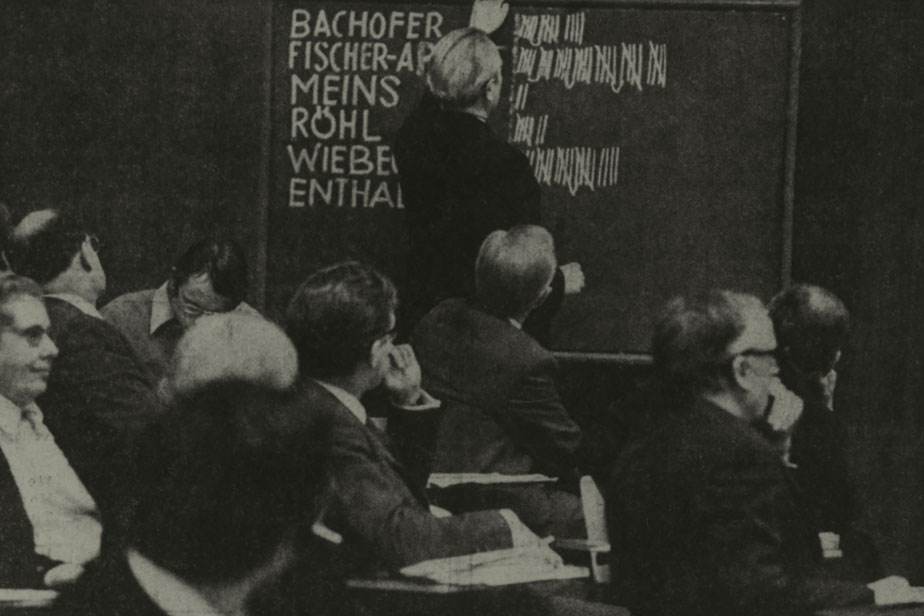
Faculties Become Departments
With the university reform, the six faculties were transformed into fifteen departments: Department of Protestant Theology; Department of Law; Department of Economics; Department of Medicine; Department of Philosophy; Psychology; and Social Sciences; Department of Educational Science; Department of Languages and Linguistics; Department of Humanities; Department of Cultural History and Contemporary Culture; Department of Oriental Studies; Department of Mathematics; Department of Physics; Department of Chemistry; Department of Biology; Department of Earth Sciences
26 October: A New University Newspaper
With the uni hh info, the University press office published the first “official” university newspaper. In 1971, it became the uni hh. There have been various newspapers since 1946, most of them published by students. The most intellectually ambitious publication was the Hamburger Akademische Rundschau, published between 1946 and 1950 by professors and students.
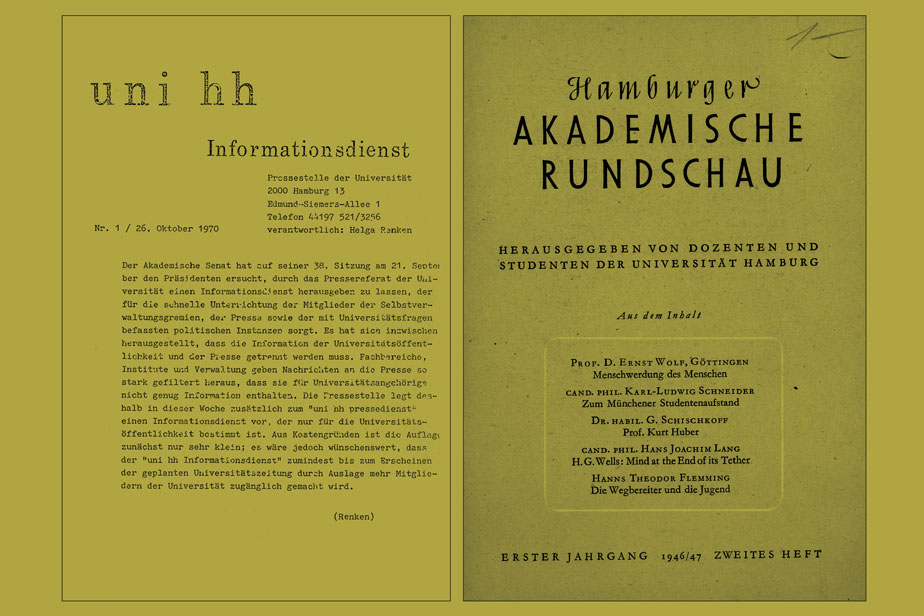
13 June: Numerus Clausus for All Subject Areas
Against the will of the University, the Hamburg Senate decided to introduce an upper limit of 25,800 students. Admissions in Winter Semester 1972/73 had to be limited.
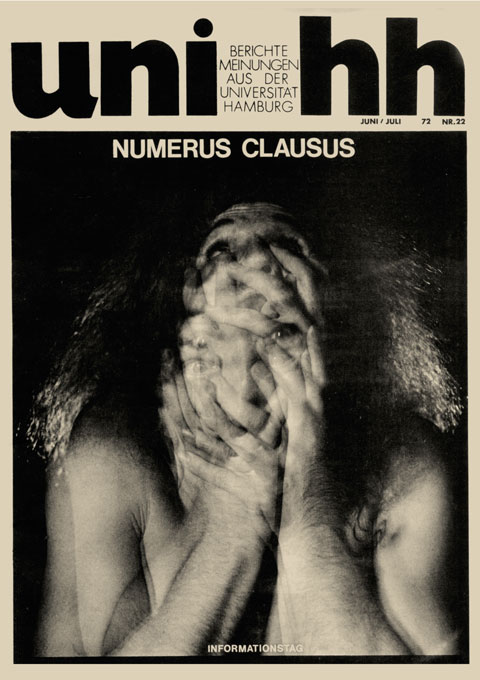
Psychology Becomes a Separate Department
The Department of Philosophy, Psychology, and Social Sciences is split into the Department of Philosophy and Social Sciences and the Department of Psychology.
Department Law II
The addition of the Department of Law II brought the number of departments to seventeen. It offered the reformed law program.
Department of Informatics
Informatics becomes the University’s eighteenth department.
22 May: Hamburg Higher Education Act
The new Hamburg higher education act replaces the 1969 university legislation. It brought the Hamburg laws into conformity with the federal framework act for higher education. The HmbHG introduced an academic reform that, among other things, stipulated a regular period of study.
Department of Sports Science
Universität Hamburg was the second university in Germany to establish an independent Department of Sports Science. It was the University’s nineteenth department.
Lectures
The General Lecture Series first offered courses again in 1982.
Promotion of Equal Opportunities for Women
The University introduces measures to increase the number of female employees. The Equal Opportunity Unit, the Committee for the Promotion of Equal Opportunities for Women, and the office of Women’s Affairs Commissioner are established, two years after the first directive for the promotion of women in the Hamburg civil service had come into effect.
Hamburg Library of University History
The Hamburg Library of University History first housed the collection that had been gathered for the research project on the History of Universität Hamburg during the Nazi era. Ten years later, it was expanded and became the Center for the History of Universität Hamburg. It is dedicated to the research and communication of University and academic history.
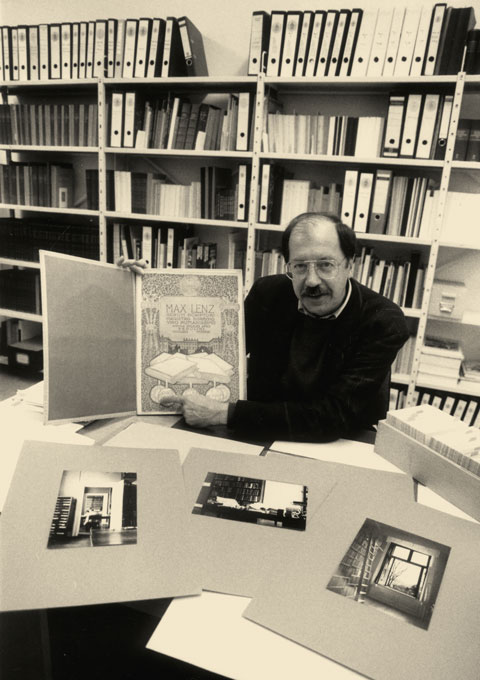
New Additions on EdmundSiemers-Allee
The developers Helmut and Hannelore Greve endowed the new wings flanking the historical University Main Building. The west wing was finished in 1998, the east wing in 2002.

On Location at the University
Sönke Wortmann films the university novel The Campus by Hamburg professor Dietrich Schwanitz, a satirical examination of relations in Universität Hamburg at the time. Scenes are shot in the Main Building on Edmund-Siemers-Allee and at the Observatory.
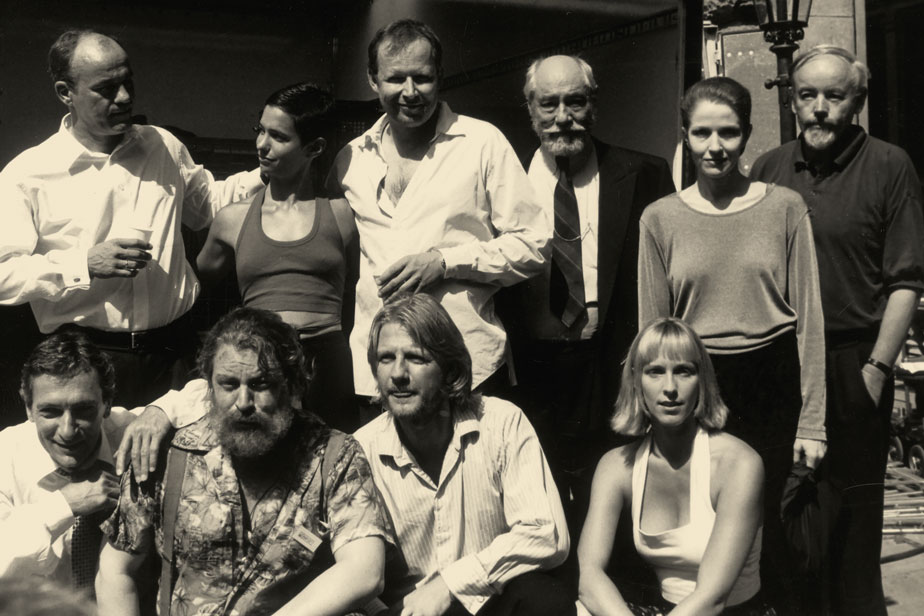
New Seats for the Audimax
A donation drive finances new seats for the University’s Audimax, built in 1959. The names of the donors are on nameplates on the seats.
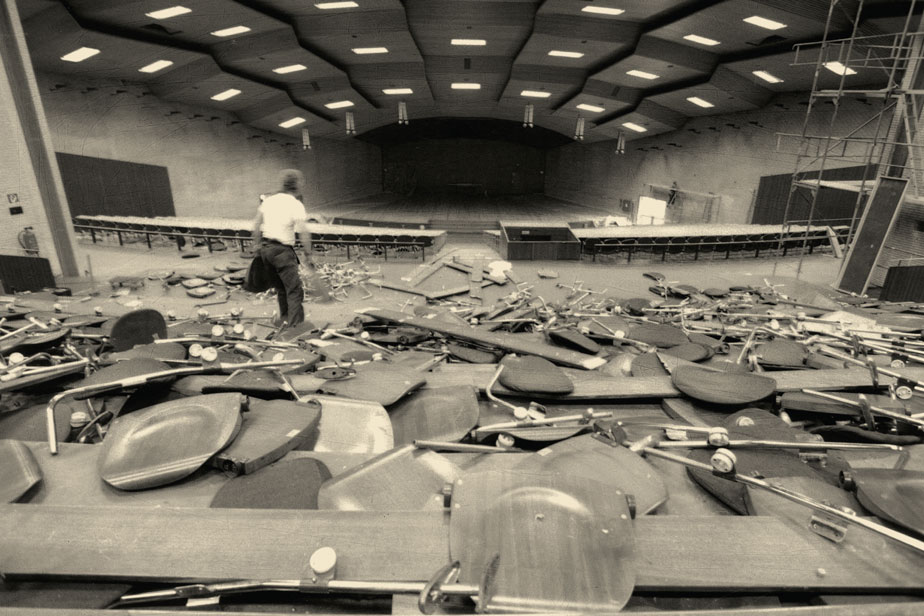
Lectures
Restructuring in the Humanities and Social Sciences
The Department of Philosophy and Social Sciences and the Department of Humanities are restructured into a new Department of Philosophy and History and a Department of Social Sciences. The Department of Oriental Studies becomes the Asien-Afrika-Institut.
New University Logo
The University gets a new logo, designed by Peter Schmidt.
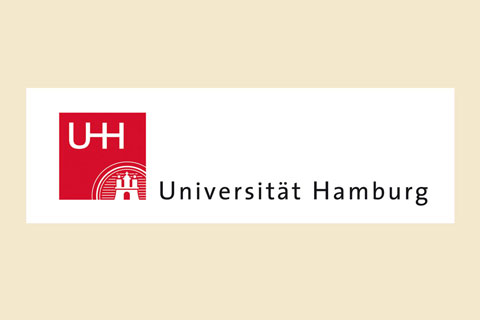
Modernizing the Higher Education System
Two new pieces of higher education legislation form the basis for an extensive reform of the University to conform to the Bologna requirements of 1999. On 18 July 2001, the Hamburg Parliament approves new higher education legislation, which reorders higher education law. Bachelor’s and master’s programs are introduced on a trial basis. On 27 May 2003, the modernization of the higher education system act required the University to implement the bachelor’s and master’s system for all degree programs. It also established junior professorships and required tuition fees for long-term students.
You See—A New University Newspaper
The first edition of you see was published by the Universität Hamburg press office.
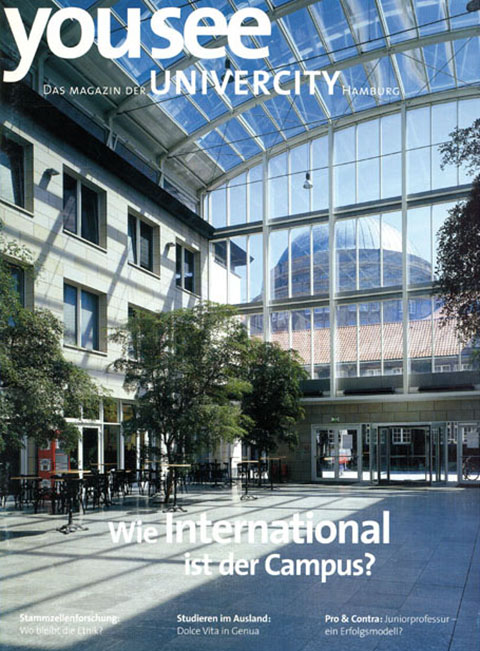
Revamping the University Logo
The new University logo is based on the version from 2000.

Departments Become Faculties
Under the Hamburg act for faculty formation at Hamburg universities (Gesetz zur Fakultätenbildung an den Hamburger Hochschulen, FG), the eighteen departments are consolidated into six faculties: Faculty of Law; Faculty of Business; Economics and Social Sciences; Faculty of Medicine; Faculty of Education; Psychology and Human Movement; Faculty of Humanities and Cultural Studies; Faculty of Mathematics; Informatics and Natural Sciences
Integration of the HWP
The Hamburg University of Economics and Politics (HWP) is integrated into Universität Hamburg—under intense protest. It is now part of the Department of Socioeconomics in the Faculty of Business, Economics and Social Sciences. One of the key legacies of the HWP is that people without a secondary school leaving certificate can still study in the Department of Socioeconomics.

Transition to the Bachelor’s and Master’s System
The University-wide transition to bachelor’s and master’s degree program begins. The final bachelor’s programs are implemented in Winter Semester 2007/08. Master’s degree programs are restructured two to three years later.
New University Publications
The Department of Communications and Public Relations at Universität Hamburg issues the first edition of the university magazine UHH Hochschule in February 2010. In 2013, it was replaced with 19NEUNZEHN—the current university magazine.
University Logo with a Message
The University logo changes once again. The inscription over the entrance to the historic Main Building is added: Der Forschung Der Lehre Der Bildung (To Research, To Teach, To Educate and Form).

Improvements in Teaching
In the framework of the Quality Pact for Teaching, the Universitätskolleg coordinates and tests measures and projects for improving teaching. The pilot project sponsored by the Federal Ministry of Education and Research (BMBF) runs from 2017 to 2020.
February: Restructuring the Faculties
The Faculty of Education, Psychology and Human Movement is split into the Faculty of Psychology and Human Movement and the Faculty of Education. In addition, a separate Faculty of Business Administration is established. Six faculties become eight.
Code of Conduct for Religious Expression
After debates about public worship at Universität Hamburg, Germany’s first Code of Conduct for this issue is created. In it, the University guarantees religious freedom and the right for each individual to practice their own religion, as long as academic freedom, scientific standards, and teaching are not compromised.
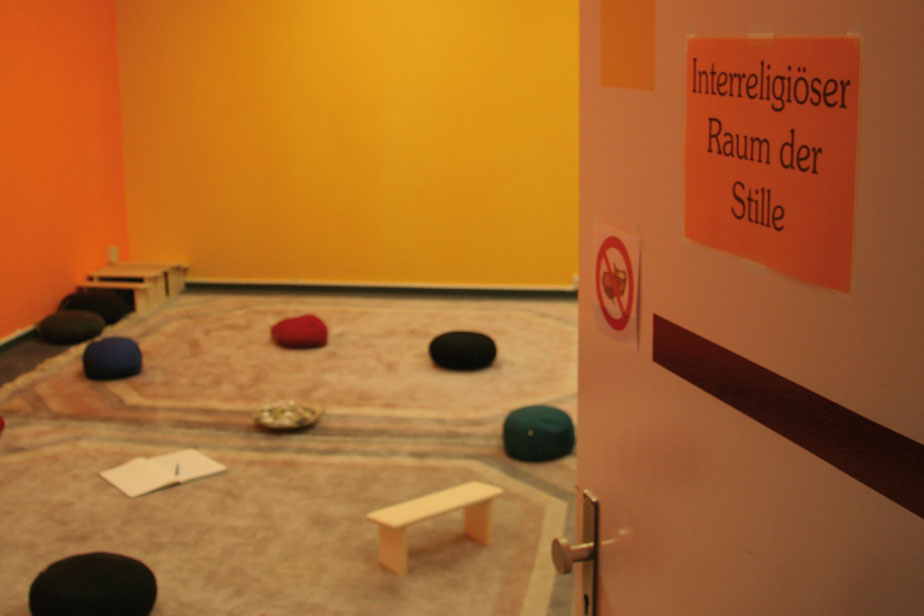
September: Four Clusters of Excellence
Universität Hamburg was granted all four of the clusters of excellence for which it had applied: Advanced Imaging of Matter; Climate, Climatic Change, and Society; Understanding Written Artefacts; Quantum Universe.
January: Science City Bahrenfeld
The City of Hamburg announced the expansion of the existing research campus in Bahrenfeld: a new research district with room for science, business, and living is being developed. The University plans to transfer a broad number of its natural science institutes to the new Science City.
10 May: The University Turns 100
The University celebrates its 100th anniversary with a ceremony in the Audimax and a festival on campus. Alexander Gerst, former ISS commander and alumnus, donates a University flag that has traveled into space and a corresponding plaque to the University as a birthday present, 2019.
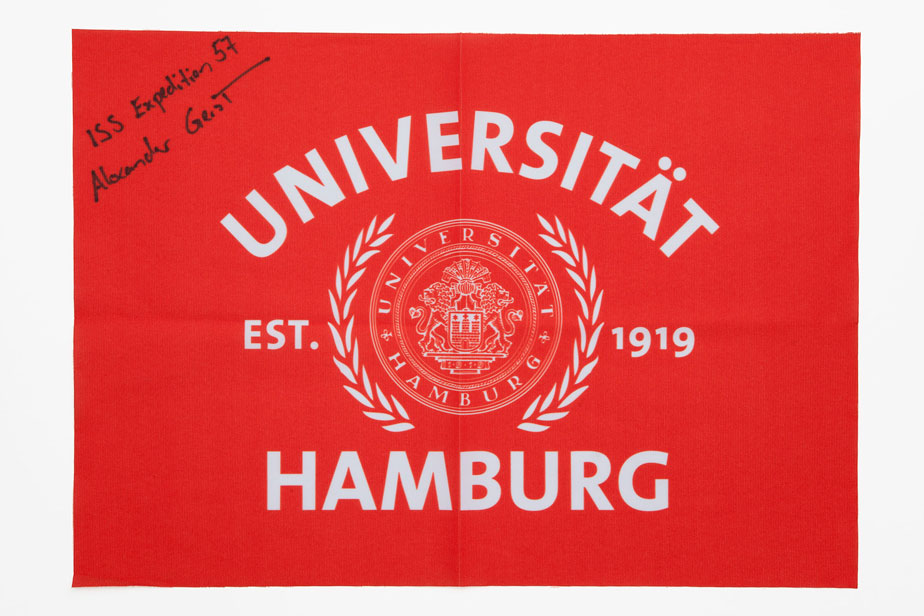
Speech by Dr. Alexander Gerst.
Excerpt from a speech by Dr. Alexander Gerst.University of Excellence
After Universität Hamburg was granted four clusters of excellence, it was also granted the title of University of Excellence. The title brings with it a specific grant for expanding the University’s international top-ranking position in research.
